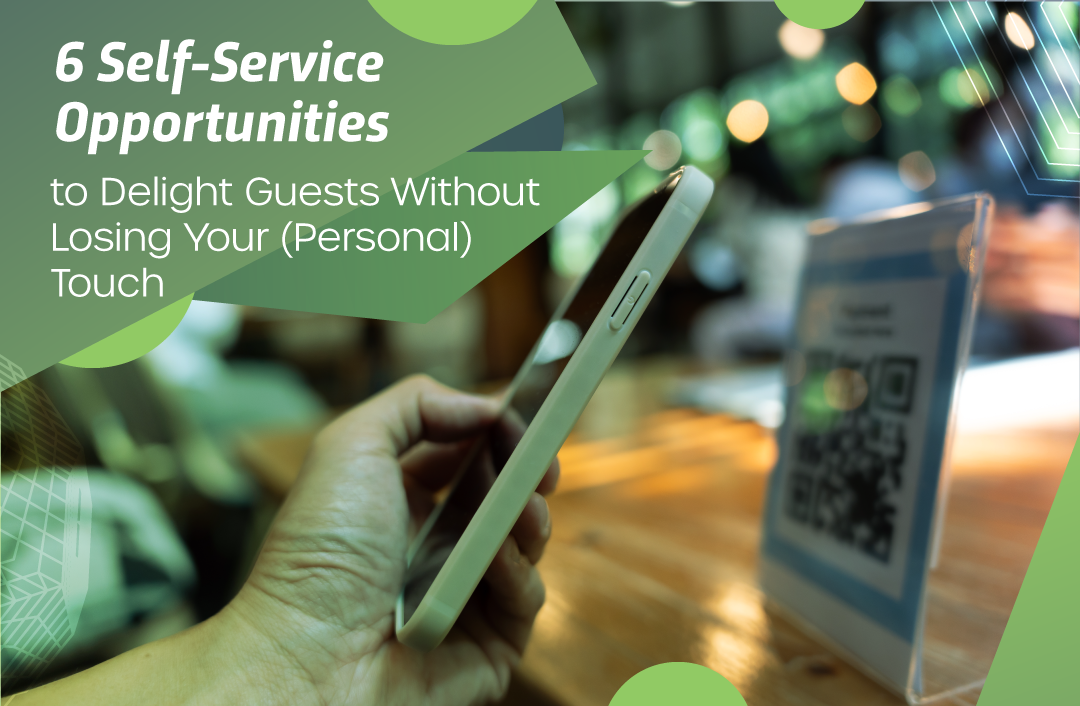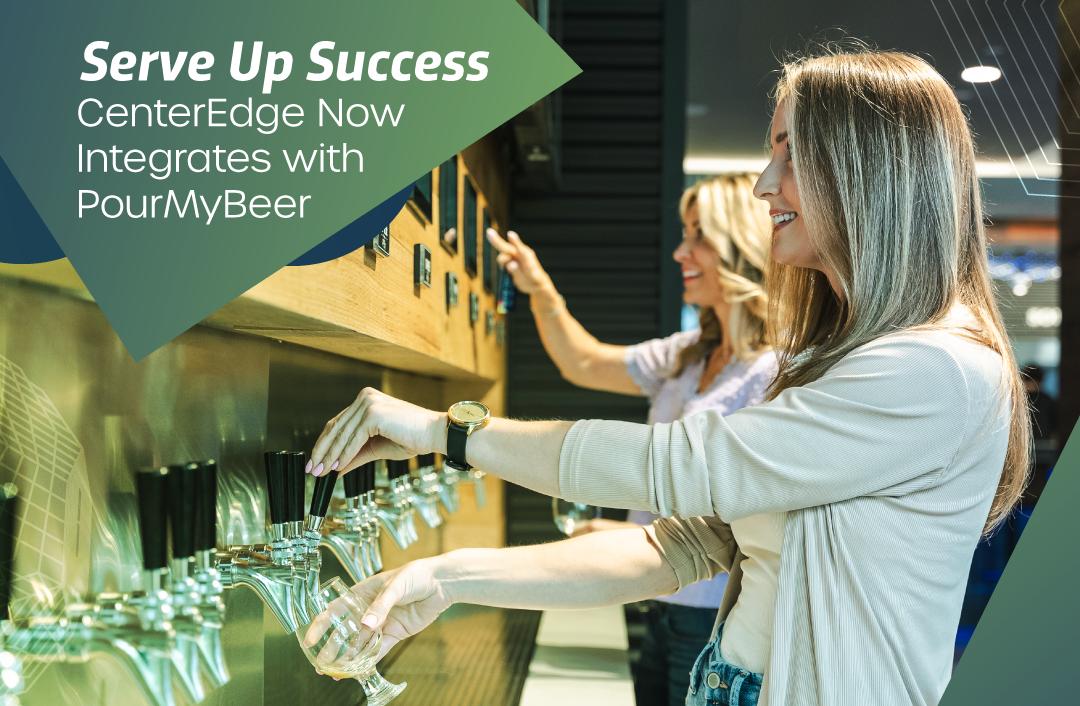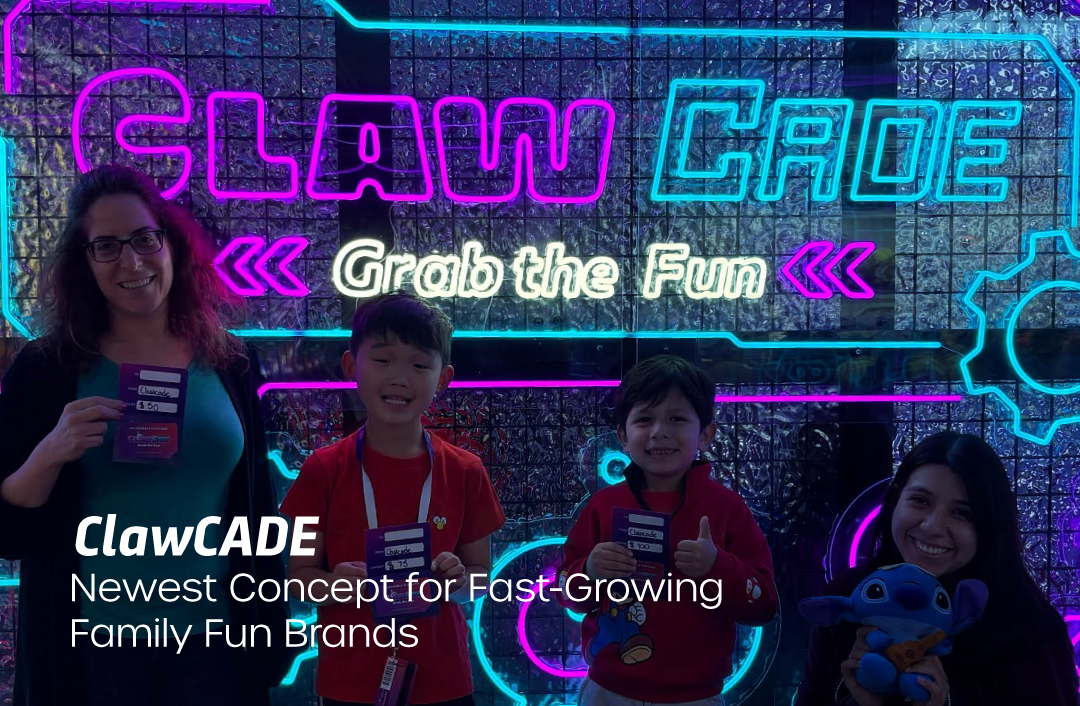Assess your amusement park, FEC or trampoline park using these five questions
You know the adage, it’s easier to keep the customers you have than it is to go out and get new ones? It seems so simple, yet with so much variety in entertainment options available to today’s consumers, many amusement facilities still manage to miss the mark at making us smile.
Misses like this cause the dreaded customer friction or points in the process or experience that lead to guest discomfort, hassle, or even pain. And that discomfort makes guests consider if doing business with your facility is worth it.
Almost every amusement organization has goals to provide world-class service and offer experiences that wow, but often it’s in the small details that service starts to slip. Read on for five questions to help you assess whether you’re on your way to friction or finesse.
No. 1: How’s our guest wait time at check in and other key areas?
People hate to wait. They don’t want to wait in your check-in lines, at your concession areas, or on the phone trying to ask a question or book an event. In fact, a TimeTrade survey argued that customer wait time could reduce your revenue in many startling ways.
As a best practice, periodically go out into your park during your busiest times and look at your facility through a guest’s eyes. Do you need someone to direct traffic at check in? Perhaps more signage to direct guests to party check in, waiver kiosks, or the sales office? A floater or manager who can jump in and help at point of sale stations to move people through lines faster? Use Hourly Sales Reports to identify trends for future staffing needs and Cashier Transaction Summary Reports to assess cashier effectiveness and determine if more frontline training is needed.
No. 2: How does our facility look, feel, sound and smell to a potential guest?
Yes, these things matter, and if you’re in your facility day in and day out, you might not notice some of the less-than-welcoming aspects, like a constant burnt popcorn smell, scuffed paint on the walls or full trash bins.
Ask a friend or family member or hire a secret shopper to assess and see if each piece of your experience puzzle fits together as it should. Check out social media and reviews online—both yours and your competitors’. I scour hundreds of review sites throughout the year to learn entertainment industry pain points and you would be surprised how often guests compare local venues in their reviews.
No. 3: Is every team member in our facility intuitive, informed and inspired?
A lot of friction occurs as a result of apathetic or unengaged team members. Are they informed of promotions, packages and even unavailable items? Have you trained them to watch for service cues on guests’ faces so they can interact with them with intention? Have you connected your team members’ jobs with the very real difference they’re making every day with their guests?
Connecting your team members through purpose is a great way to inspire your staff. Inspired team members are more likely to give great service, offer upsells, and build meaningful relationships with each other and with guests. In fact, in his book, Give and Take: Why Helping Others Drives Our Success, Adam Grant writes about a call center where team members made cold calls to solicit university alumni donations. The results were largely lackluster until leadership connected the sales team’s efforts with the results of offering more student scholarships. Further, donations collected increased by 144% when callers had the chance to meet scholarship recipients in person.
The staff at your park is already well-positioned to make a difference, but sometimes leadership needs to help them make the connection between what they do and the impact it has on your guests. Conversely, the more closely you can picture your guests, the more clearly you can assess how operations are killing, or being killed by customer friction.
No. 4: How well do we handle feedback?
Feedback is a terrific thing—if used correctly, it empowers you to improve your potential friction points. You should always review all comment cards and online reviews and respond to as many as possible, good or bad. Creating a positive public opinion is a great start to setting up your facility as a business that cares about the service they offer, and getting it right.
Prospective guests form their opinion of you before they ever meet you, often learning potential pain points from the reviews of strangers. It’s essential that you tune in to the feedback. Someone is always watching and the way you handle reviews tells a lot about your organization’s commitment.
You also receive feedback every time a guest sends something back to the kitchen or requests a refund on an attraction or merchandise item. By reviewing returns in your sales reports, department heads can assess any item that can cause guests to complain most often.
No. 5: How easy is it to do business with us overall?
Asking yourself this question allows you to step back and take a broader look at your entire presence. Consider things like your event booking efficiency, deposits, communication procedures, ease of gift card or coupon redemption, online social media presence and your website.
Consumers expect an organized, user-friendly and mobile responsive website. Can your guests easily buy tickets or passes, contact you or book a birthday party all from their mobile phone? If not, contact us to discuss the latest CenterEdge Advantage Web.
So do you want the bad news or the good news?
The bad news is there are many aspects of your park that can cause customer friction if you’re not careful, but the good news is that there are so many opportunities to get it right. And no matter what, the more care you take and the more care for your guests you show, the better connected you will be to the communities you serve. And that’s the biggest weapon you can use against that dreaded friction.
Search Resources
Subscribe to Email Updates
Featured Resources
Blogs //
6 Self-Service Opportunities to Delight Your Guests Without Losing Your (Personal) Touch

News //
CenterEdge Now Integrates with PourMyBeer to Help FECs Serve Up Success

News //
ClawCADE is Newest Concept for Fast-Growing Family Fun Brands

Blogs //
Data-Driven Decisions: Using Management Software to Optimize Staffing & Guest Flow

Posts by Topic
- Advantage Payments (7)
- Brand Management (19)
- Business Growth (81)
- Capacity Management (2)
- CenterEdge News (28)
- Client Interviews (8)
- Credit Card Processing (3)
- Data & Reporting (12)
- Digital Signage (1)
- Event Management (20)
- Facility Management (10)
- Food & Beverage (8)
- Guest Experience (34)
- Guest Management (20)
- Holiday Season & Promotions (5)
- Industry Events (10)
- Inventory Management (1)
- Loyalty Programs (8)
- Marketing Tips (24)
- Operations (1)
- Point of Sale (10)
- Product Launch (11)
- Productivity (5)
- Profitability (35)
- Redemption Management (1)
- Sales (35)
- Season Passes (1)
- Team Training (60)
- Waivers (2)

Leave a Comment